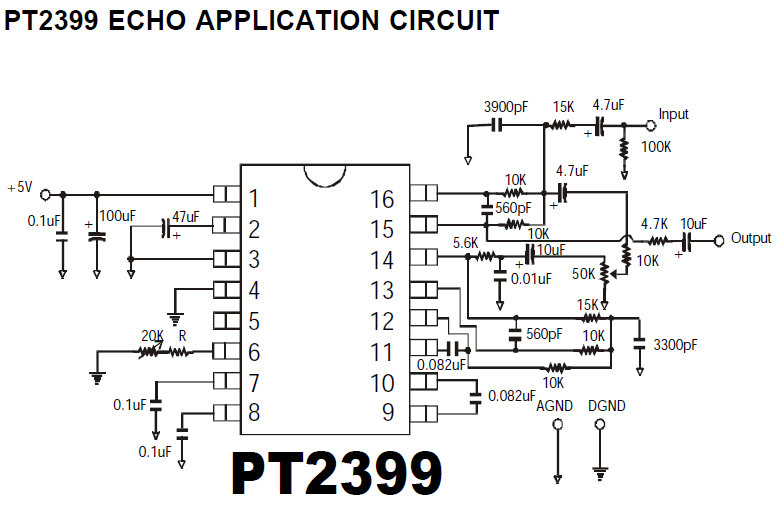Buku Persamaan Ic Dan Transistor Tester Diagram

This project is a transistor analyzer, suitable for testing both NPN and PNP transistors. Its circuit is simple as compared to other transistor testers which is useful for both technicians and students. It can be easily accumulated on a general purpose PCB. Basic electronic components like resistors, LED’s, diode and NE5555 are used for developing this circuit. Using this transistor tester circuit, many of the faults can be checked like transistor is in good condition or not, is it opened or shorted, and so on.
Light emitting diodes. Resistor is a passive component used to control current in a circuit.
Its resistance is given by the ratio of voltage applied across its terminals to the current passing through it. Thus a particular value of resistor, for fixed voltage, limits the current through it. They are omnipresent in. Capacitor is a passive component used to store charge. The charge (q) stored in a capacitor is the product of its capacitance (C) value and the voltage (V) applied to it. Capacitors offer infinite reactance to zero frequency so they are used for blocking DC components or bypassing the AC signals. The capacitor.
In electronics most commonly failed component is transistor. To test the working of the transistor, one must go through a lot of testing though multimeter. By testing one terminal after another, this consumes a lot of time and also this option is no good for newbies. The transistor testing circuits which are present already are complex to understand and design. In this tutorial we will design a simple 555 TIMER based circuit which will test the working of the transistor in seconds. This circuit is the convenient way to check the working of a transistor for newbies. The easiest way to check a transistor's working is by testing its switching characteristics.
Mar 22, 2010 wirkam dwy febrian makassar, sulawesi - selatan, Indonesia Nama saya wirkam dwy febrian biasa dipanggil wirkam yang lahir pada tanggal 07-02- 1991, saya sekolah di SD di SDN no 50 pantilang kemudian, SMP di SMP N 1 bastem,terus saya sekolah di SMK N 2 palopo terus saya mengambil jurusan elektro disinilah kecintaah akan dunia elektro tumbuh dan berkembang,sekarang. Z turali olender. Buku Persamaan Ic Dan Transistor Tester In this IC-Databook Software you will find pin assignments, connection layouts, function tables and the most important specifications available for the 40x. The current software version includes the data of more than 230 different IC's.

So in this circuit we are going to make transistor switch an LED on and off continuously. The timer here generates clock of 1 Hz and is fed to transistor which is to be tested to drive an LED. The 555 IC works in free running mode with an adjustable frequency option. With variable frequency one can double check the working of transistor.
Circuit Components • +9V supply voltage • 555 IC • 1KΩ resistors (2 pieces), 2K2Ω resistors • 10KΩ pot or variable resistor • 100µF capacitor • LED • Transistor (that needed to be tested) Circuit Diagram and Explanation The figure shows the circuit diagram of TRANSISTOR TESTER. In this circuit the timer function is to work as a square wave generator and to provide clock for the transistor. This clock is connected to the transistor (transistor to be tested) base. The transistor is provided with a LED to drive. For testing the transistor, its terminals should be connected exactly as give in the table, A B C NPN collector base emitter PNP emitter base collector Once connected according to the table, power should be turned on and check the following conditions to get the conclusion on transistor working. The conditions for Transistor working are: • The LED should be blinking continuously. • If the pot is adjusted, then LED should be blinking at a different frequency and so both should have relation. The conditions for Transistor not working are: • If the LED is off continuously.
• If the LED is on continuously (not blinking). • Not showing frequency change with pot adjustment. • Temperature of transistor rising. The circuit above has current limiting resistors; by this the circuit we will have no problem bearing the short circuit current of a broken transistor. So the circuit can test any transistor without any problem. The terminal connections should be paid attention during connection, as some transistors have protection diodes causing the LED to turn on continuously and it gives false conclusion. The capacitor in the circuit can be replaced with a 10uF one for higher frequency of blinking.